Theatre History Studies – General & Special Section: “Commingled Histories: Theatre & Dance”
Theatre History Studies
CFP General Section
CFP Special Section: “Commingled Histories: Theatre & Dance”
Volume 41, 2022
Theatre History Studies accepts submissions on the full range of topics in theatre history on a rolling deadline. Please submit articles for consideration as soon as they are ready for review.
Please send manuscripts for the general section to:
Lisa Jackson-Schebetta
ths.editor@matc.us
Editor, Theatre History Studies
Skidmore College
Theatre Department
815 N. Broadway
Saratoga Springs, NY 12866
The 2022 issue will feature a special section co-edited by Angela K. Ahlgren and Victoria Fortuna
Commingled Histories: Theatre & Dance
Over the past two decades, theatre, dance, and performance scholars have grappled with the tensions and generative intersections between text and movement, archival practices and performance repertoires, history and ethnography. Influential studies have probed and blurred the lines between theatre, dance, and performance. How might future histories account for the commingling of performance disciplines, both in how they have been practiced and in our historical accounting of them?
We propose “commingling” as a term that signals the fleshy, shifting, and sometimes risky ways performance research and practice ask us to share space, borrow methods, and move together in difference. Whereas “intersections” imply potentially static points of overlap, “commingling” invites consideration of the always-embodied dimensions of researching performance histories, including the kinesthetics of archival research, the body-to-body encounters that drive oral history and ethnographic methods, and the collaborative dimensions of the writing process itself.
This special section interrogates the commingled histories of theatre, dance, and performance and the interdisciplinary methodologies that documenting them requires. We ask: How do theatre histories commingle with histories of dance, music, and other disciplines? What happens when ethnographic and archival research merge or generate friction? How does dance studies inform approaches to movement and text, voice and gesture, designs and bodies in theatre histories and vice versa? How might “commingling” provide a lens for considering conflict, coalition, segregation, and/or other ways of relating through performance processes, research practices, and in everyday life?
Submissions might engage the theme of “Commingled Histories” in relation to:
- Performances and/or performance genres that invite multi- or intra-disciplinary analyses
- Performances that commingle, frustrate, or disrupt received racial, ethnic, national, and/or hemispheric histories
- Theorizing ethnographic dimensions of archival research and vice-versa, or other mixed methodological analyses
- Dance and movement as a central concern in theatre histories and vice-versa
- Rehearsal and training processes that bridge dance and theatre
- Commingling and/or juxtaposition of on-stage and off-stage labor (directors, choreographers, stage managers, crew, etc.)
- How costumes, props, and other material objects script or choreograph human agents
- Political and ethical dimensions of performance practices
The co-editors are especially interested in essays that foreground political/ethical issues that arise out of the commingling of dance and theatre histories.
Please submit manuscripts for the special section by January 1, 2021. Submissions should follow The Chicago Manual of Style, 16th edition. For specific formatting guidelines, please see Guidelines for Contributors. Publication in 2022.
Please submit Special Section inquiries and manuscripts to both editors:
Special Section Editors | |
Angela K. Ahlgren | Victoria Fortuna |
Theatre History Studies is the official journal of the Mid-America Theatre Conference and is published by the University of Alabama Press. Please send manuscripts prepared in conformity with the guidelines in the Chicago Manual of Style and the University of Alabama Press style sheet located on the MATC website (here). Illustrations are encouraged. Essays should be between 6,000-8,000 words and use endnotes rather than footnotes.
Theatre History Studies accepts submissions for its general issue on the full range of topics in theatre history on a rolling deadline. Please send manuscripts for the general section to:
Dr. Lisa Jackson-Schebetta, Editor
ths.editor@matc.us
